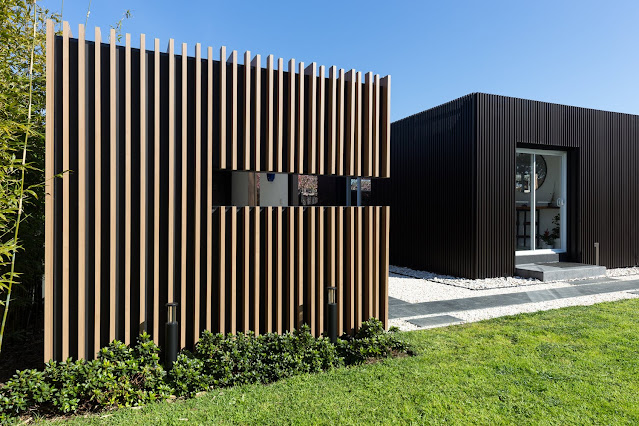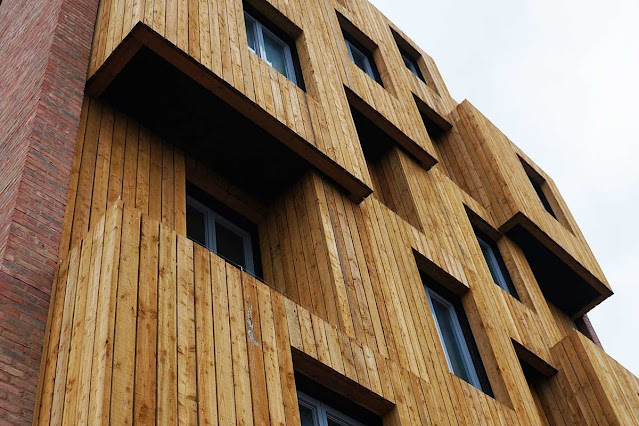Basic fire Classifications A1, A2, And B For Building Cladding You Must Be Aware Of
Fire classification is a measure of the combustibility of materials used in building construction. In addition to determining the Fire rated cladding panels, it also helps determine the type and thickness needed for fire walls or floors.
Most countries' building code and fire safety regulations specify that cladding materials must have a fire rating. This helps ensure building occupants' safety during a fire emergency and reduces property damage caused by flames or heat.
What are Fire Classifications?
Fire classifications are used to describe the fire resistance of buildings. A building's fire classification is based on its ability to withstand a fire and is determined by the building's construction, materials and how it is used.
The most common fire classifications are A, B and C. The letter-based classification is used in Australia to determine the level of fire resistance a building must provide. Each classification has different requirements for the type and thickness of cladding materials used in construction.
Combustible Materials
The use of combustible materials in construction is common, for example as insulation or a material for cladding.
It's important to remember that the classification of a material as flammable or fire-rated does not mean it is safe from all types of fires. For example, the most common type of building a fire in the UK results from liquefied petroleum gas (LPG)
leaking out during cooking and spreading across the kitchen floor. This type of fire burns at very low temperatures, so even if your kitchen worktop were made from A1 grade steel, there would be no protection against this type of burning liquid.
You should always choose materials based on their ability to resist different types and degrees of heat rather than simply their classifications.
Non-Combustible Materials
A2 fire rated cladding panels are made up of a combination of materials that have low combustibility and high thermal resistance. The most common materials used to produce these panels include:
- Aluminium Composite Panels (ACP)
- Metal Cladding Panels
- Steel Reinforced Concrete (SRC) panels
Difference between A1 and A2 Fire Rated Cladding Panels
The difference between A1 and A2 is that the latter can be used to achieve a higher building fire rating. The former is less expensive and more common, but the latter is more suitable for use in achieving a higher building fire rating.
The difference between A1 and A2 fire rated cladding panels is that the latter can be used to achieve a higher building fire rating. The former is less expensive and more common, but the latter is more suitable for use in achieving a higher building fire rating.
Conclusion
So, to sum up, A1 and A2 fire rated cladding materials are better for your home. Fire-resistant cladding is a good investment as it will save money in repairs and replacement if there is a fire in your building.



Lattice factory is one of the leading suppliers of merbau decking timber. We’ve removed extra costs, at a best price. You can expect to get the best quality marbau timber and wooden floor desking .in case you are looking for the top class merbau decking in melbourne then are are at right place .
ReplyDeleteSource Link : https://www.latticefactory.com.au/